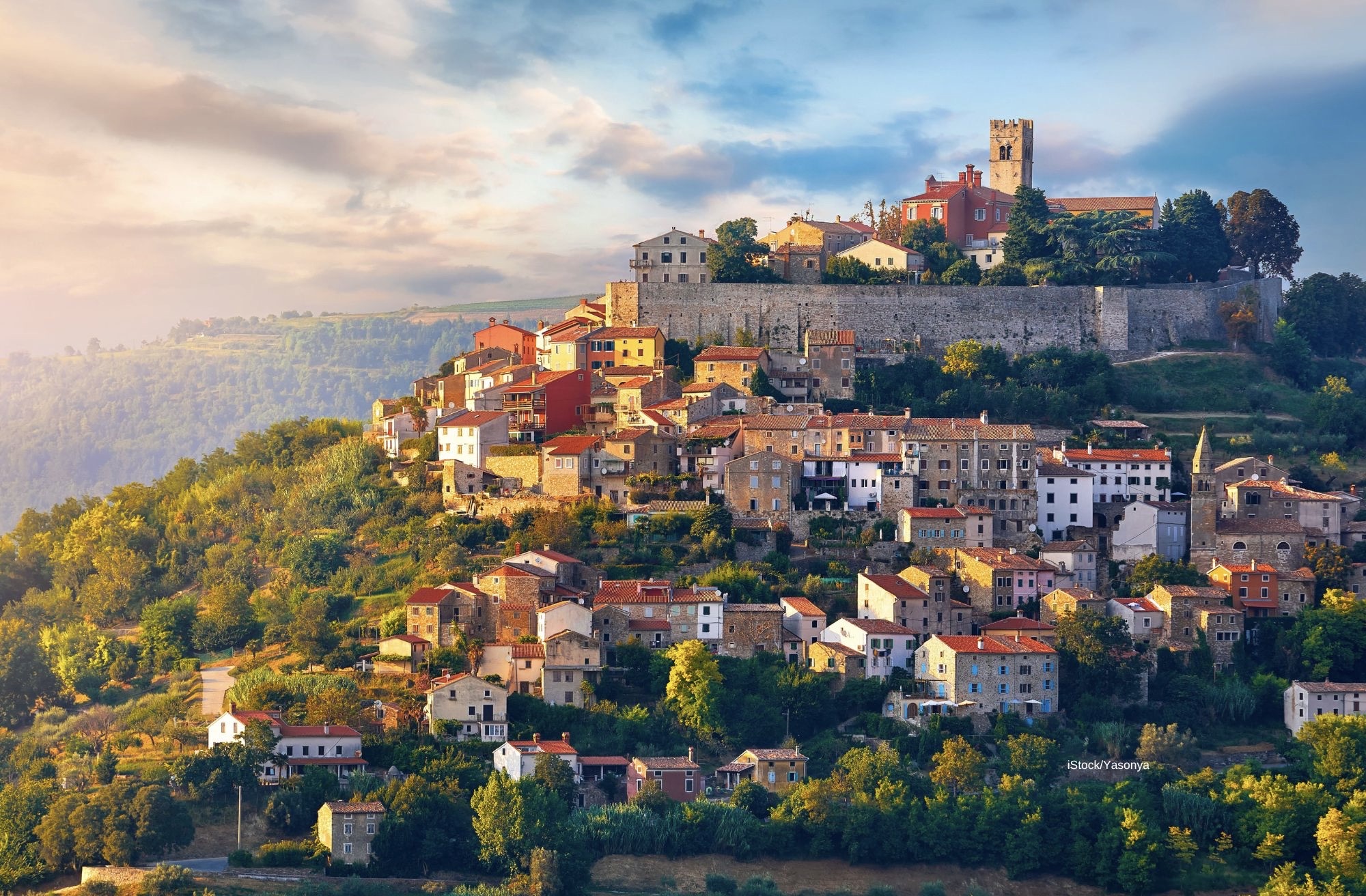
Table of Contents
Istria, often called “Croatia’s Pantry,” is gaining recognition for its delicious truffle-infused cuisines, prosciutto charcuteries, exquisite olive oil, and wineries.
Istria fills an arrowhead-shaped peninsula in northern Croatia. It juts out into the Adriatic Sea, opposite Italy, and often draws comparisons to a less-touristy Tuscany.
We took a southern route leading us to Motovun’s hilltop town. Here we would taste our first Istrian black truffle before driving to the seaside towns of Rovinj, Pula, and Opatija.
Date of Visit: September 21, 2022
A Late Arrival in Motovun
When we arrived at the walled medieval village of Motovun in the heart of Croatia’s Istria region, the sun was low, casting long shadows on the tops of the faded stucco buildings and darkening the narrow cobbled streets. We had spent most of the day communing with the dancing white horses in Slovenia, and now we had one hour to see this walled city and taste its famous truffles.
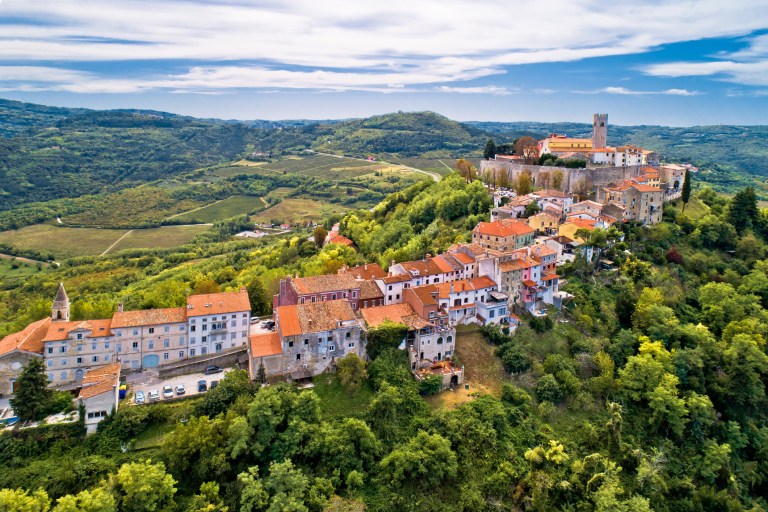
If We’d Only Had More Time
Even though Chris and I are notorious for our take-no-prisoners travel itineraries—often packing two to three adventures into one day—our visit to Motovun was challenging.
It was 5 pm. Ideally, we’d have arrived a few hours earlier. Ours was to be a whirlwind tour. In hindsight, I can imagine an ideal visit. We’d stroll the cobbled streets, sip coffee at a cafe, check out the small wine and truffle shops, and walk atop the historic ramparts of this fortified town with its commanding views of the countryside 900 ft below.
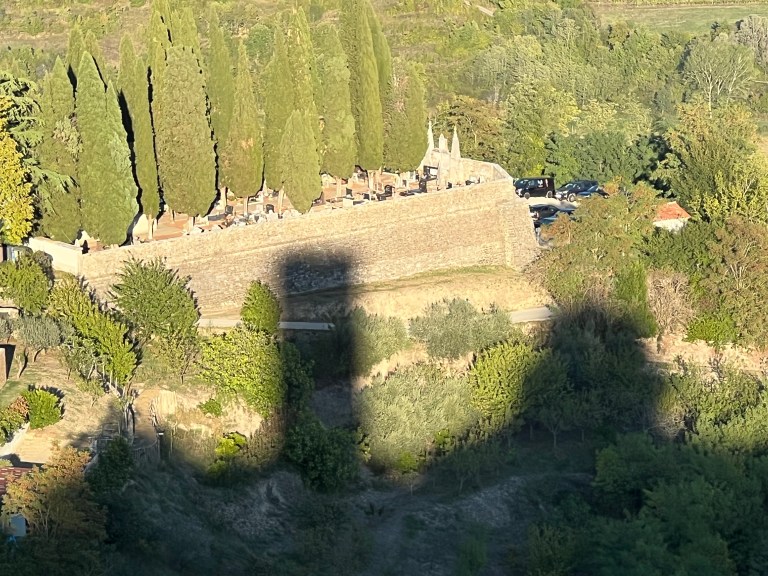
What We Had Time For
Alas, we had no time for such wishful thinking. We were still 45 minutes from checking into our next hotel in the seaside town of Rovinj. Meanwhile, Motovun was shutting down for the night.
So with no time to waste and only our driver’s suggestion that we begin at a tiny graveyard and end with truffles, we set off on foot.
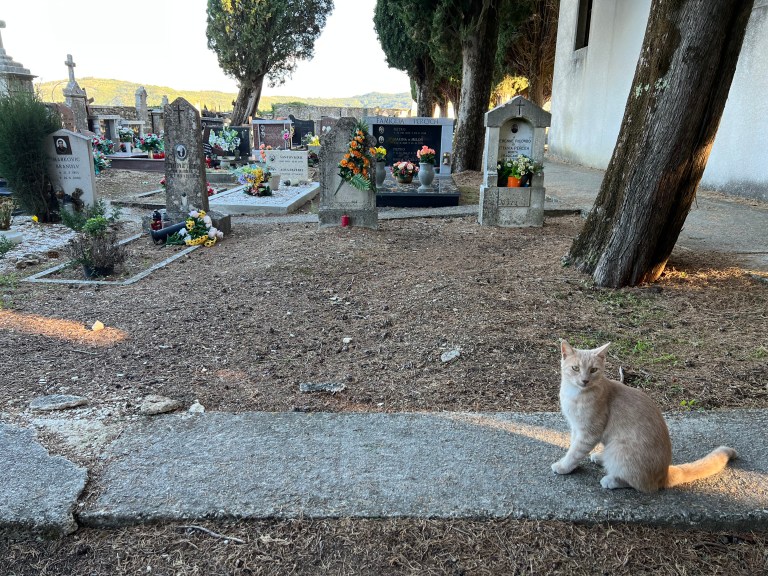
The Dearly Departed
As odd as it sounds to start our tour of Motovun with a visit to a cemetery, this peaceful spot, with its small church (the Church of St. Margaret) and well-tended graves, was a cultural introduction to Motovun.
Despite the mass exodus of many Italians after World War II when Istria became part of Yugoslavia, many gravestones bear Italian names. Even today, Motovun blends Croatian and Italian tongues.
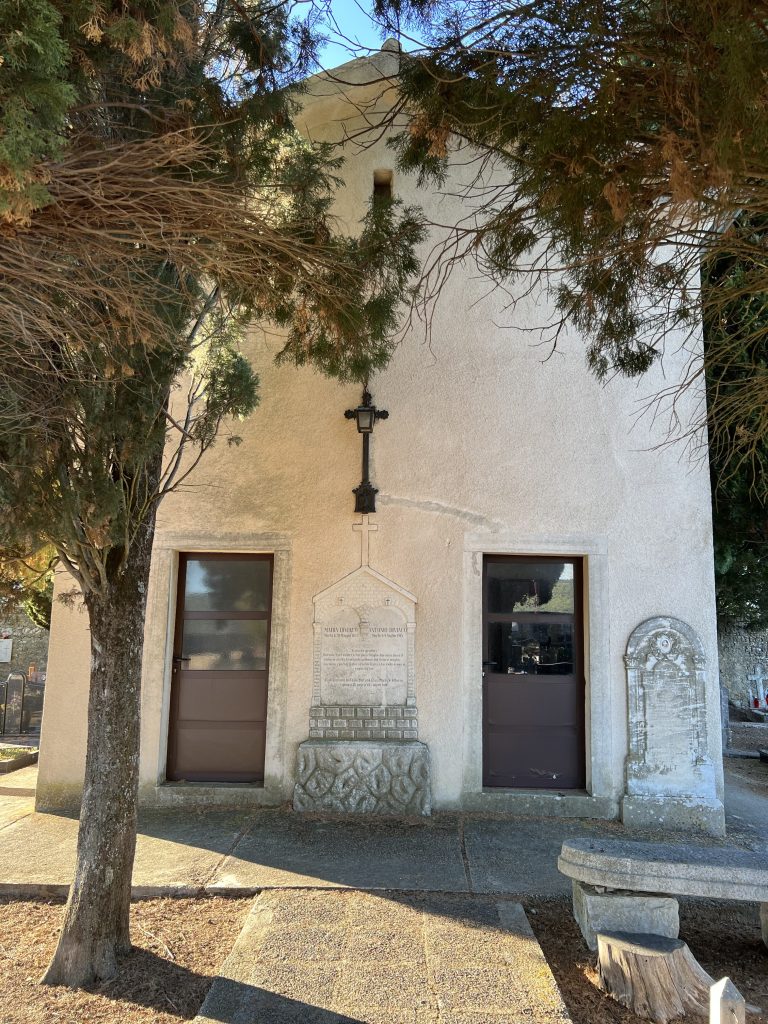
Rows of Cypress trees and well-worn pathways guided us past plots decorated with colorful flowers and portrait photos embedded in the granite tombstones of those laid to rest.
When we looked over the side of the cemetery walls, we could see the Mirna Valley, Mirna River, rolling hills, vineyards, and forests of Istria, where those sought-after truffles lie buried beneath the moist soil.
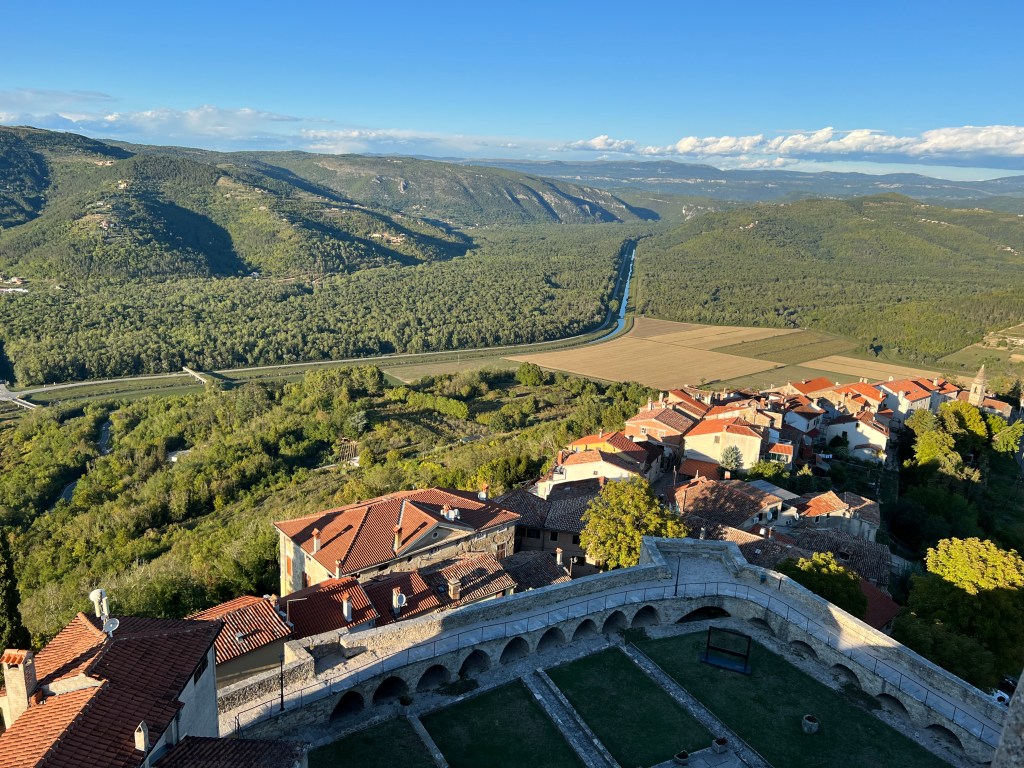
A Fortified Town
The Venetians fortified the town’s medieval stone walls at the beginning of their rule from 1278-1797. They crossed the Adriatic Sea to cut valuable timber in Istria’s oak forests to support their shipbuilding industry.
There had been other settlements long before the Venetians and even the Romans. Motovun sits on the site of prehistoric Illyrian and Celtic settlements. Its original name, Montona, is Celtic for “town in the hill.” Today, just over 500 residents are in the town proper, and little more than 1,000 people live in the municipality.
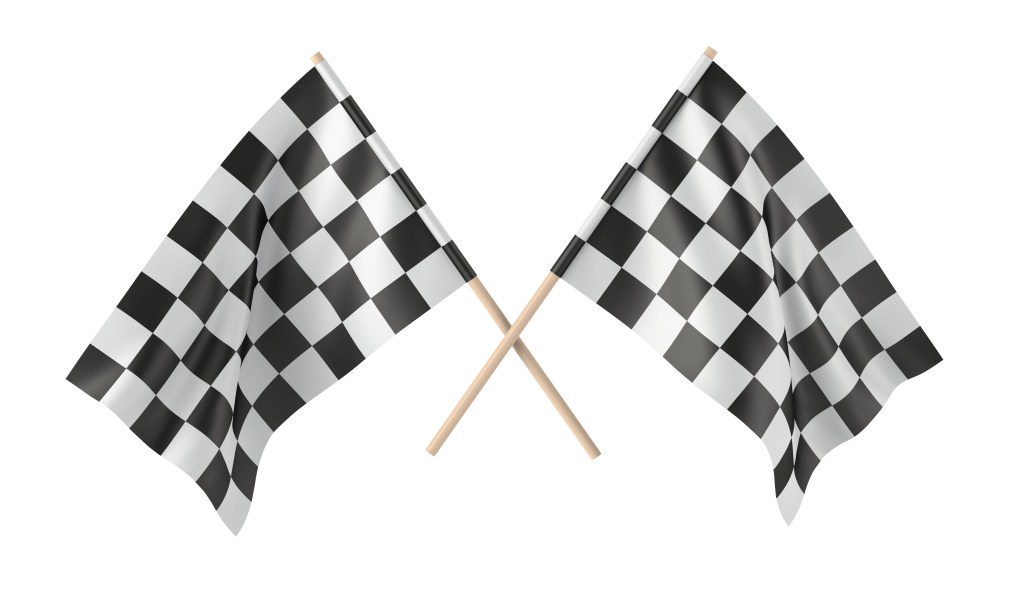
Mario Andretti Slept Here
In “The Good ol’ U.S. of A.,” we might refer to Motovun as “Smallville.” And indeed, a Superman of sorts did briefly live in Motovun when it was part of the Kingdom of Italy and still called Montona. His name is Mario Andretti, the famous race car driver.
As Istrian Italians, his family fled to Lucca, Italy, in 1948, and eventually to the U.S. to escape persecution during the ethnic cleansing of Istria after it became part of Yugoslavia.
Considering that Motovun prohibits cars—only town residents, shopkeepers, and hotel guests can drive in the Old Town—this was undoubtedly a good thing for his future career. Mario went on to win Formula One, IndyCar, the World Sportscar Championship, and NASCAR races.
Mondo Konoba
After a quick look around the cemetery, we followed the cobbled street leading to the central part of the Old Town. We passed the acclaimed Konoba Mondo restaurant. A photo of chef and TV host, Anthony Bourdain, caught my eye on the windowsill. More on this below.
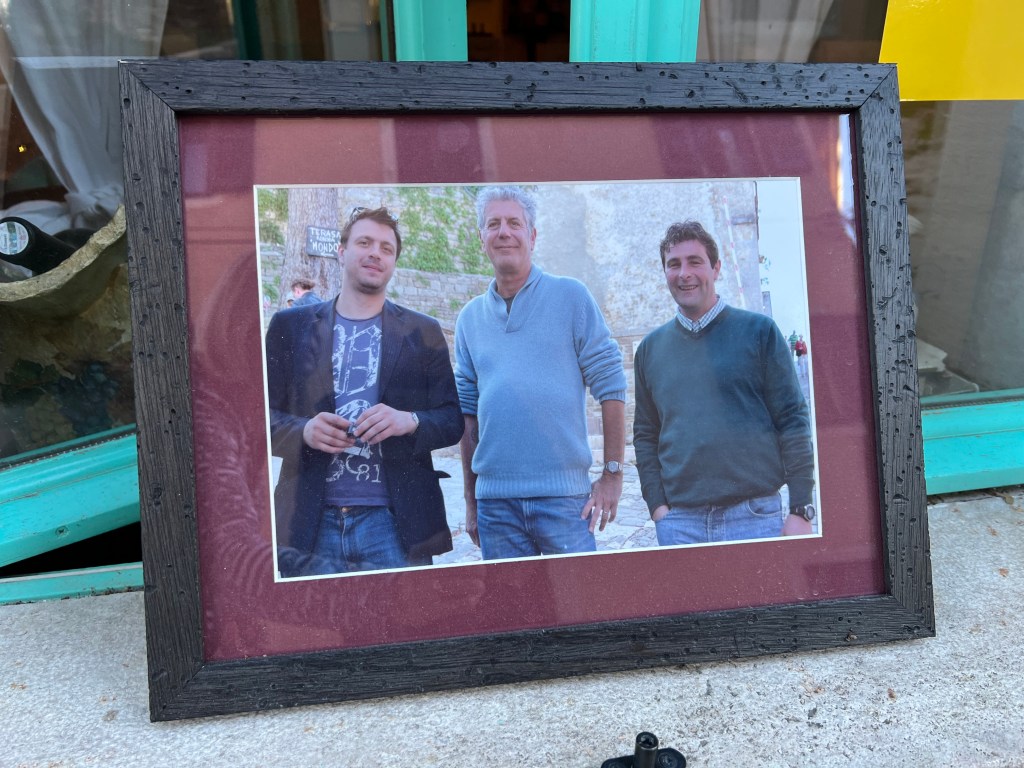
A New York Times review from 2009 was attached to the restaurant’s turquoise shutter: “Mondo Konoba may be the best little restaurant that you may never reach.”
Unfortunately, we had reached it but didn’t have time to enjoy a multi-course sampling of truffles or their homemade liquors made from red wine and mistletoe.
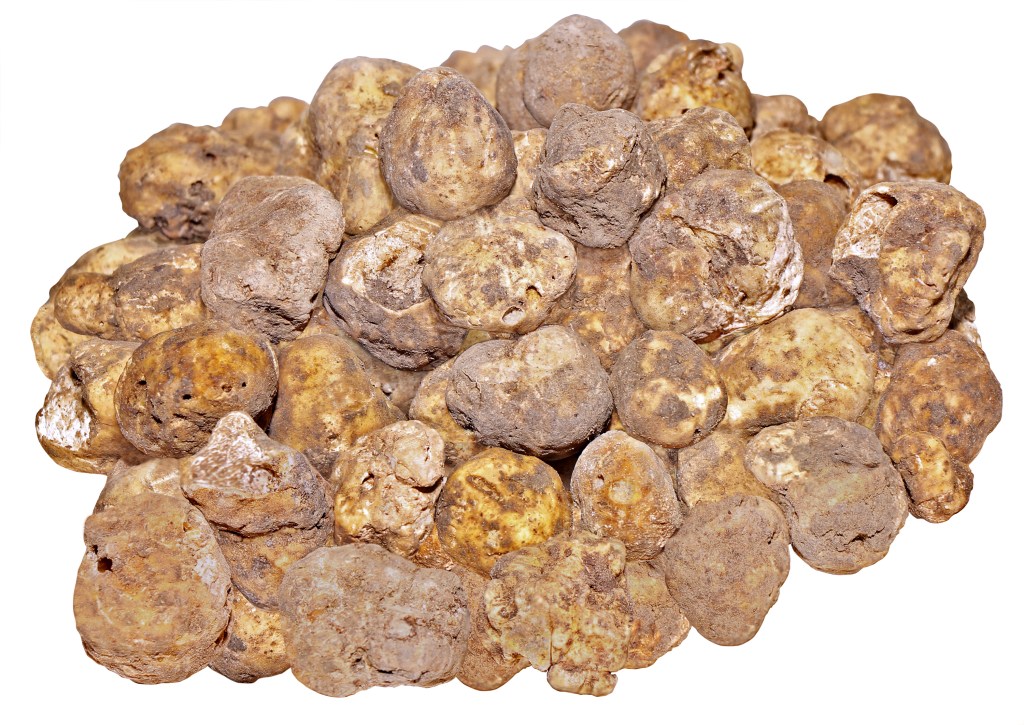
For a delightful interview with Claudio, the owner of Konobo Mondo, check out the I Wonder If podcast. Claudio talks about taking Anthony Bourdain truffle-hunting as well as meeting Mario Andretti. While listening to the podcast, I learned a technique for training a dog to truffle hunt, but I fear it’s too late for our nearly 10-year-old White Swiss Shepherd.
We Had The Place To Ourselves
The silver lining of our late arrival was that we had the place to ourselves. We saw one person on our five-minute walk to the village gate and town center. It’s a fast walk when you have no distractions.
We didn’t see a single car either until we passed a couple of cars parked at a truffle restaurant.
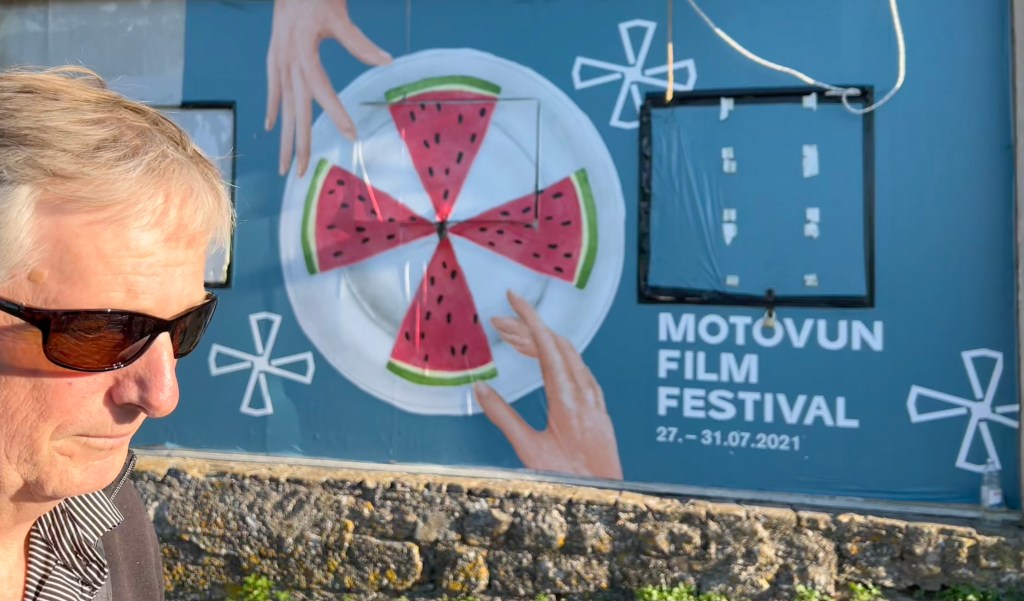
Motovun Film Festival
We walked by a large placard for the annual Motovun Film Festival. This festival has drawn crowds of backpackers and campers every July to early August since 1999. Even the coronavirus didn’t shut it down.
Much as I would like to go to a film festival one day, I value my creature comforts and require something more solid than a tent and a backpack for my head.
Of course, we could book a stay in Hotel Kastel years in advance, but having Motovun to ourselves in late September is more appealing.
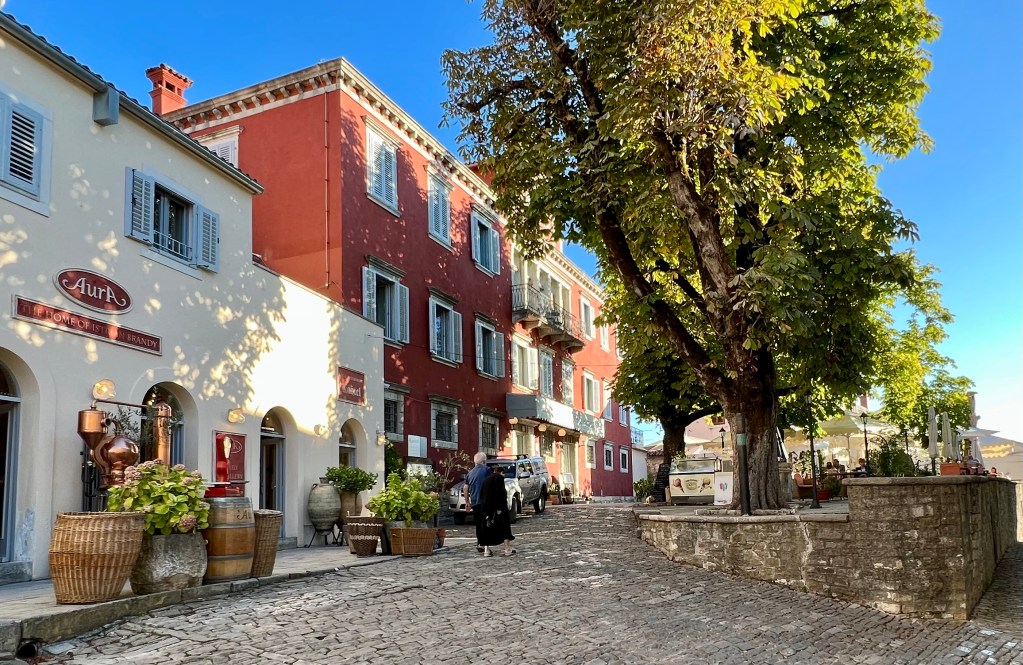
The New Gate or Tower Entrance
“The New Gate” or “Tower” entrance into the upper part of the walled town is one of 26 cultural monuments on the UNESCO World Heritage tentative list. It was reconstructed in 1607 and became known as the “New Gate.” It’s all relevant, as they say. It is new when compared to the 12th and 13th-century walls still standing.
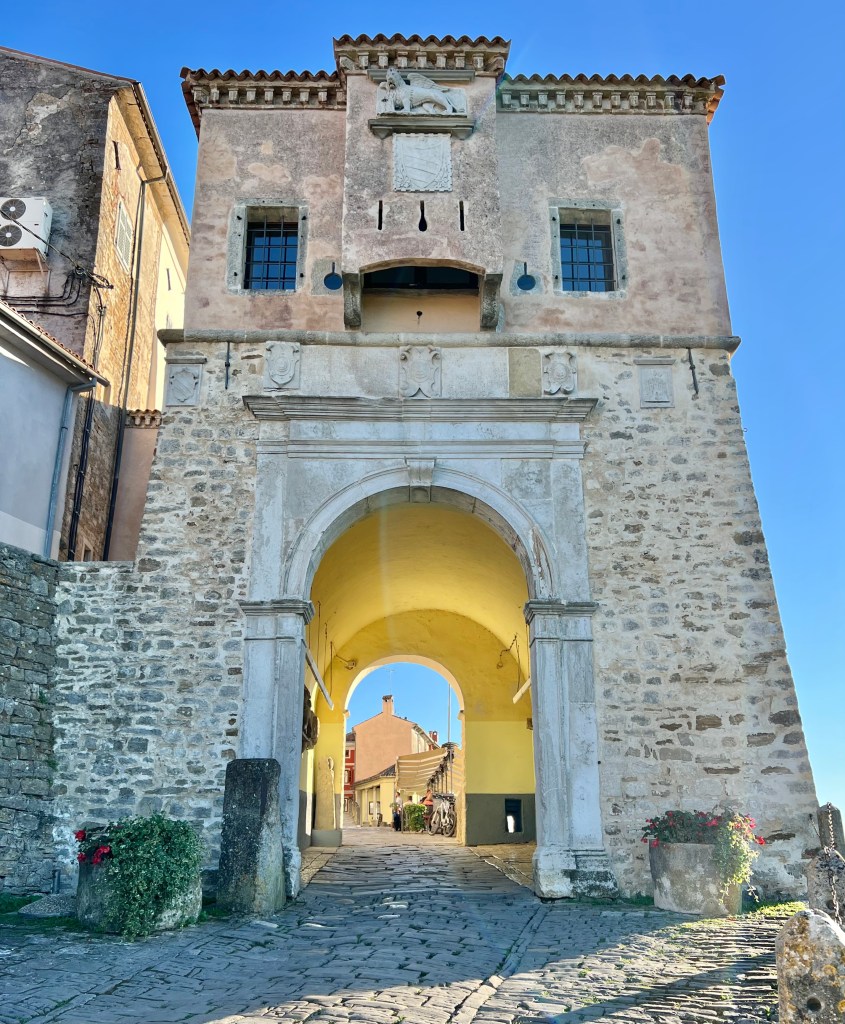
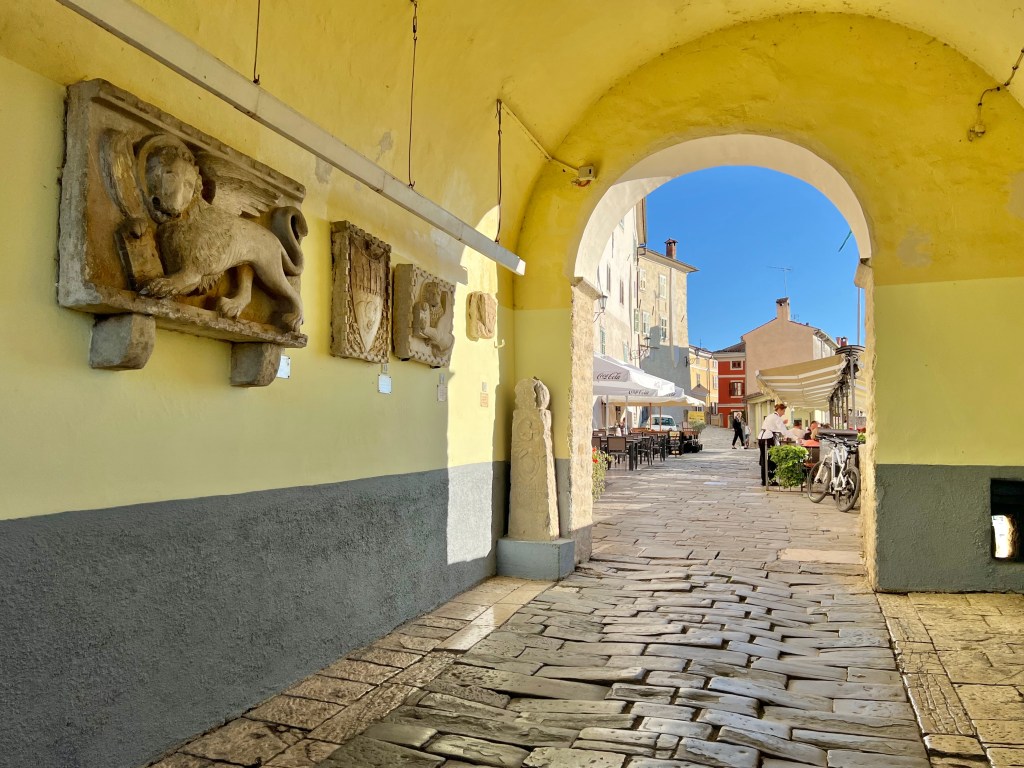
We passed through the arched portal with no incidents, but had we been invaders back in the day, hot water, cooking oil, or heavy stones might have rained down on us. Instead, we were greeted by the smell of truffles at the Gallery Montona. I made a mental note to come back this way for truffle soup.
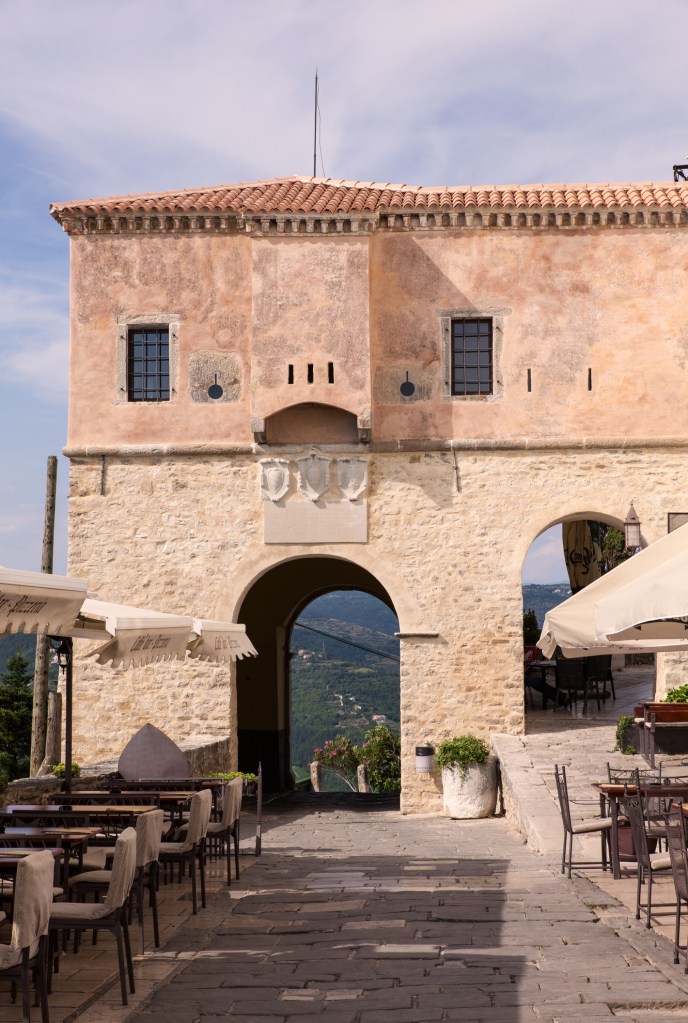
Climbing The Bell Tower
We passed the bistro, went through a second arched stone gate (right), and wandered into the upper square, where we came upon the Parish Church of St Stephen the First Martyr bell tower. (See photos below)
The views at the top of the bell tower were worth the 88 ft climb up the steep stone steps, crude wooden stairs, and the few kunas an elderly woman collected from us at the base.
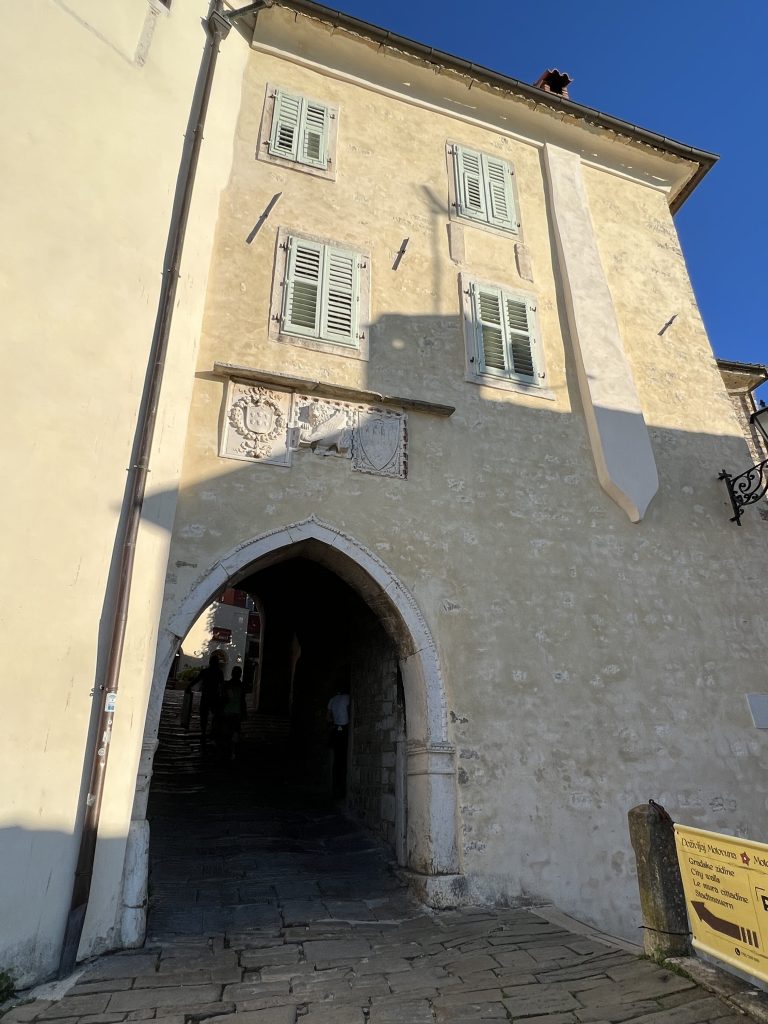
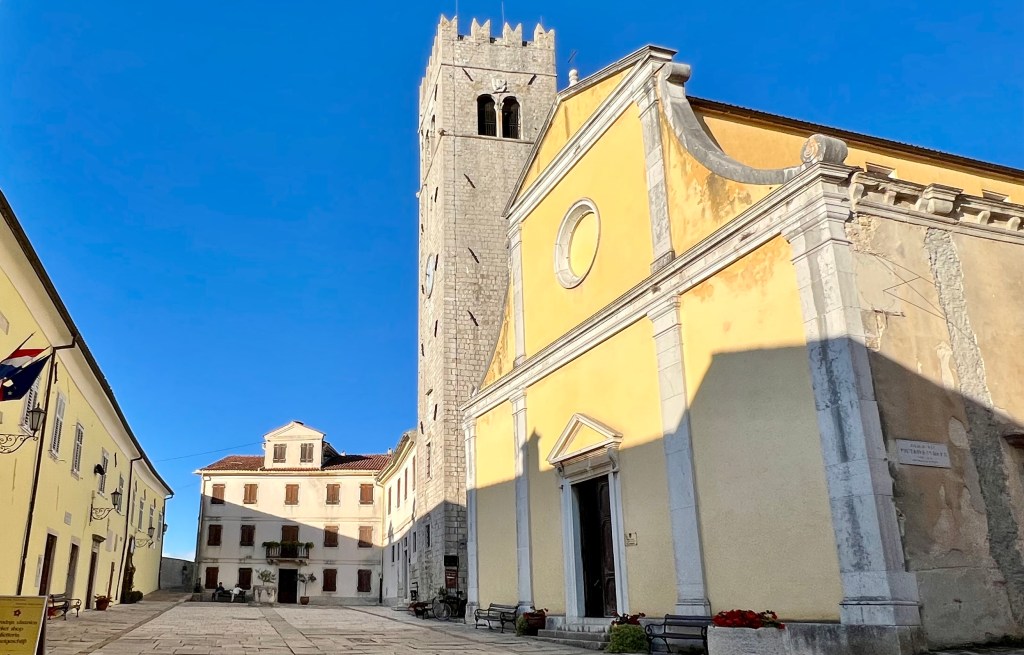
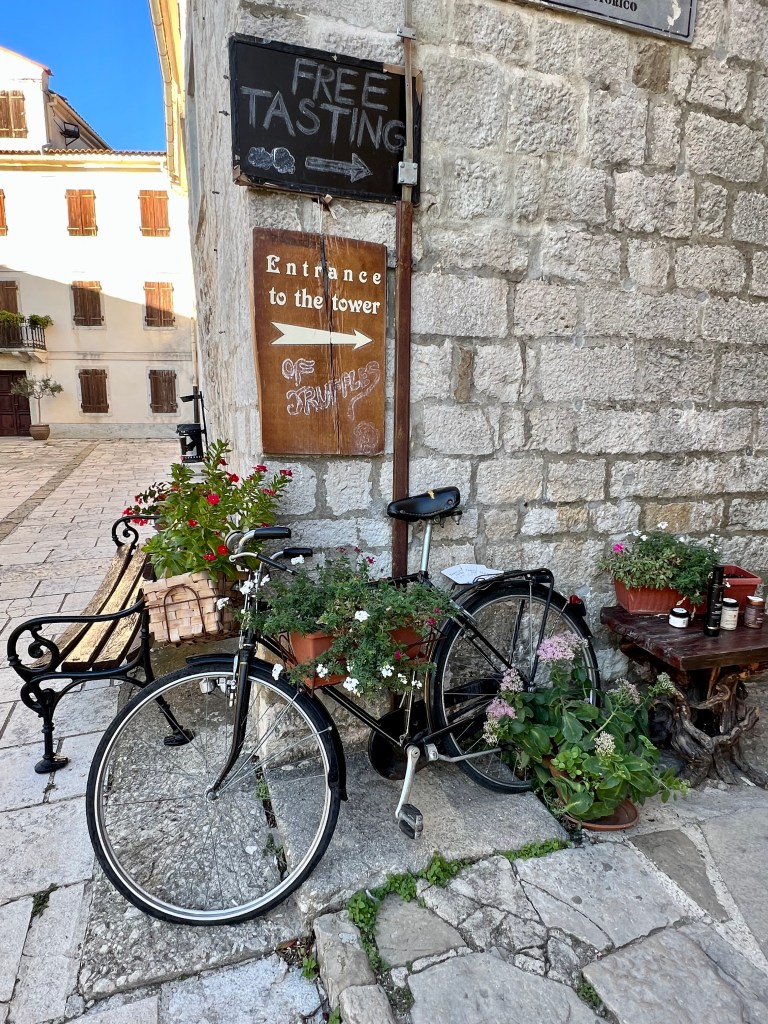
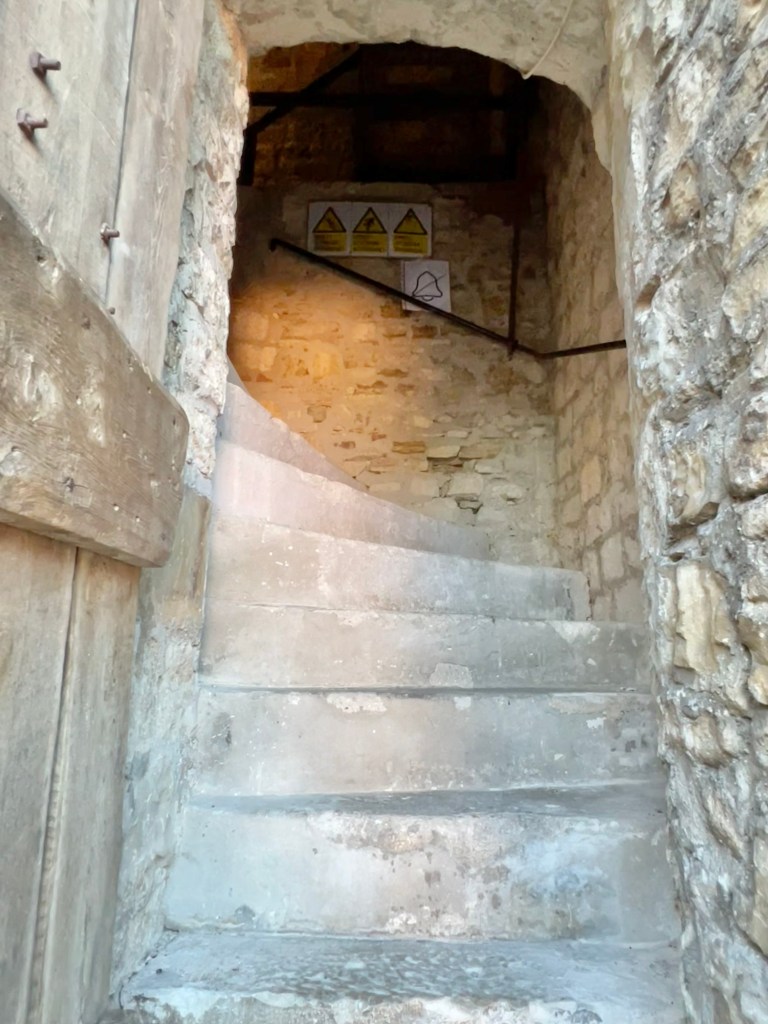
Truffles at Gallery Montona
My mind was on that truffle soup the whole climb down from the Bell Tower. Fortunately, Gallery Montona was accommodating when we explained we had to meet our driver at the bottom of the hill in 15 minutes. I’m sure this was a faux pas of the highest magnitude.
In this part of the world, “Slow Food” is the order of the day. Our waitress spoke with the chef, and we were served two delicious bowls of black truffle soup. We devoured the earthy contents and then, fortified, raced down the hill.
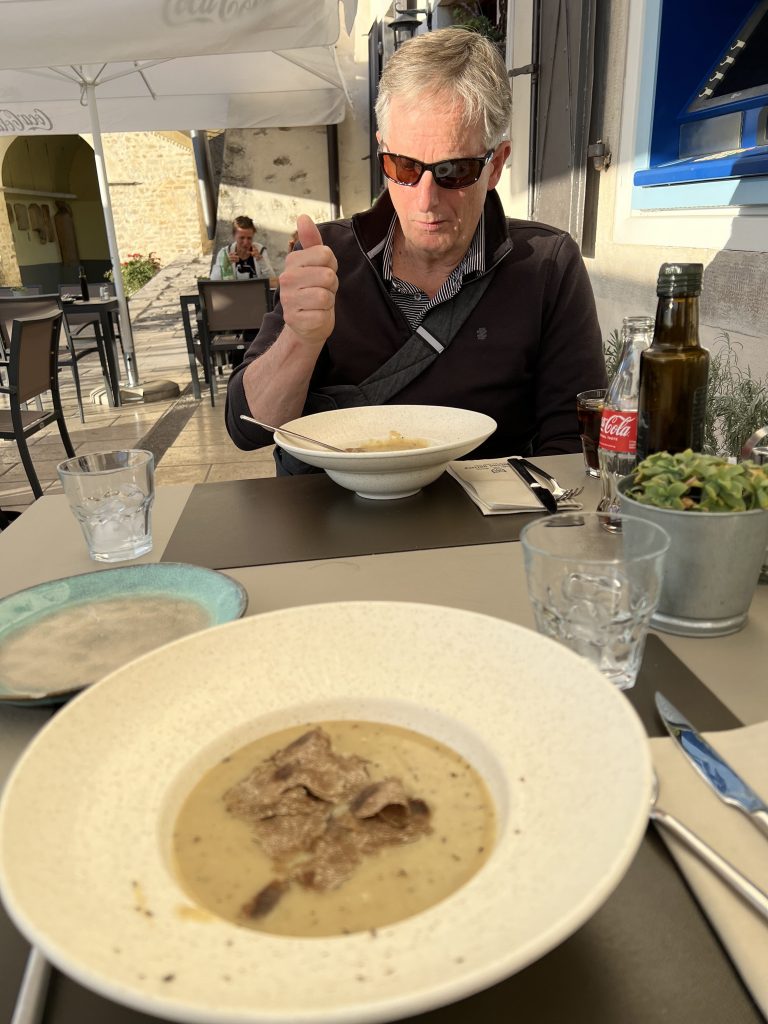
That was an hour well spent as you can see from the video.
And now it was on to Rovinj for two nights and a day trip to Pula.
Things To Do
- #1 Don't Follow Our Example: Allot 3-4 hours to explore & relax
- #2 Savor a coffee at a cafe and lunch with truffles (black or white)
- #3 Climb the Bell Tower for the best view in town
- #4 Walk the ramparts built by the Venetians
- #5 Book a truffle hunt through the oak forests with trained dogs
This article is the 6th in my 19-part Balkan series, which began with ‘Road Tripping on the Balkan Peninsula’ in September 2023. There, you will find our itinerary to help you plan your trip.
- Ratings are based on 1) Natural Beauty 2) Unique Activities 3) Old World Charm

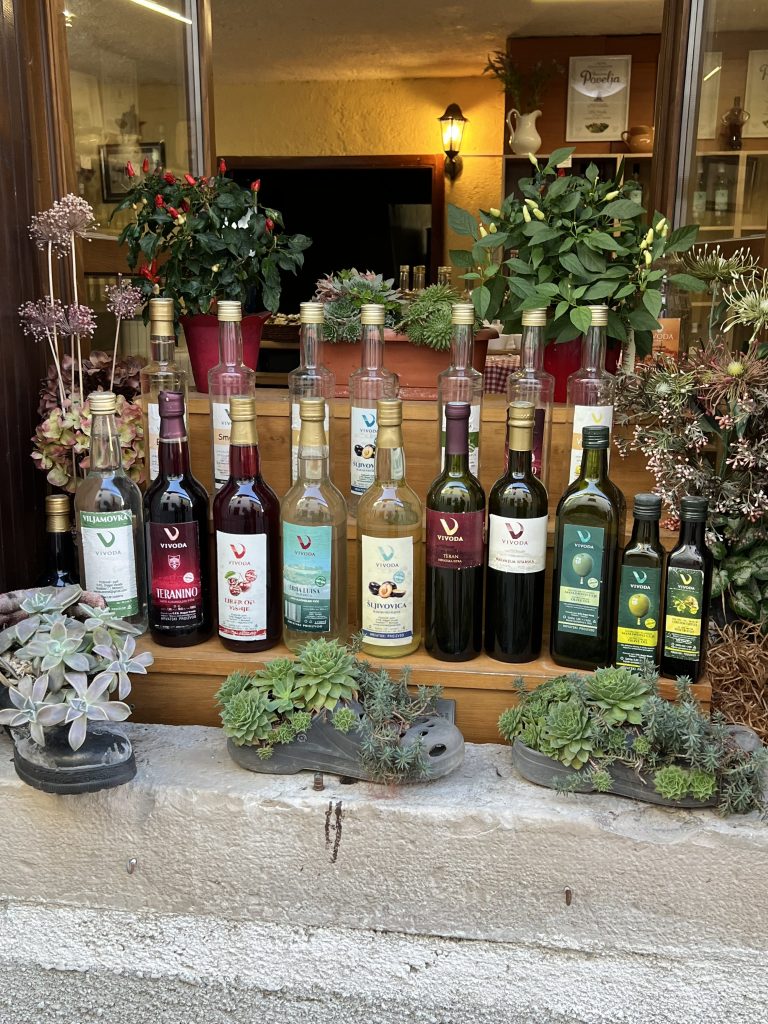
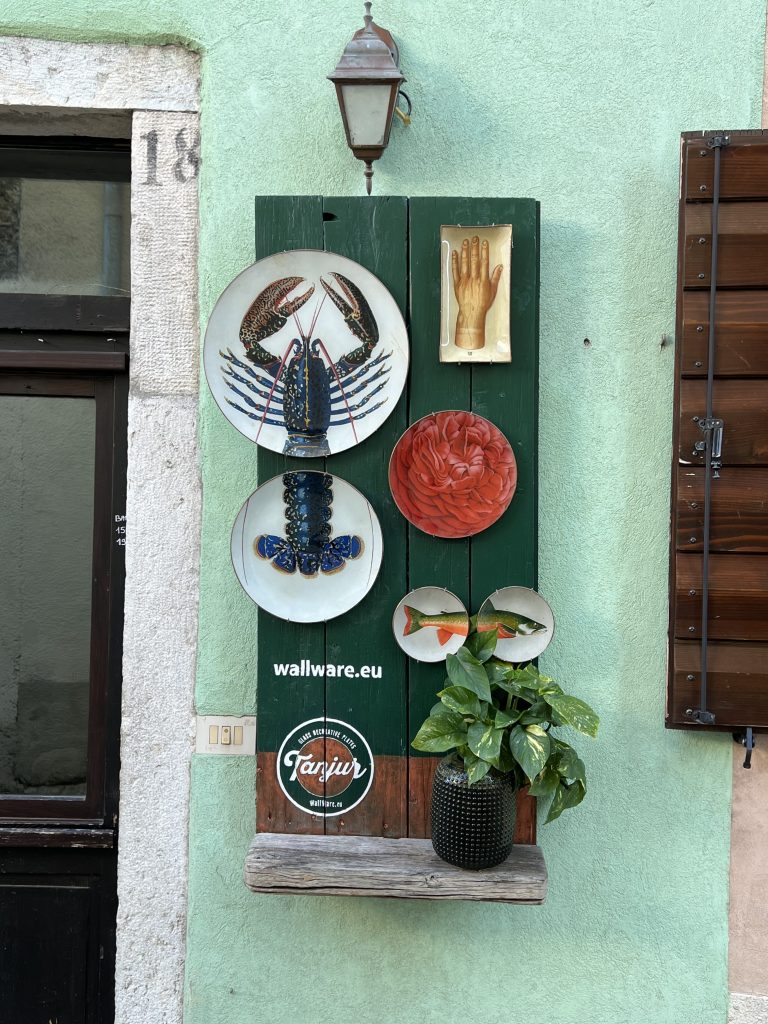
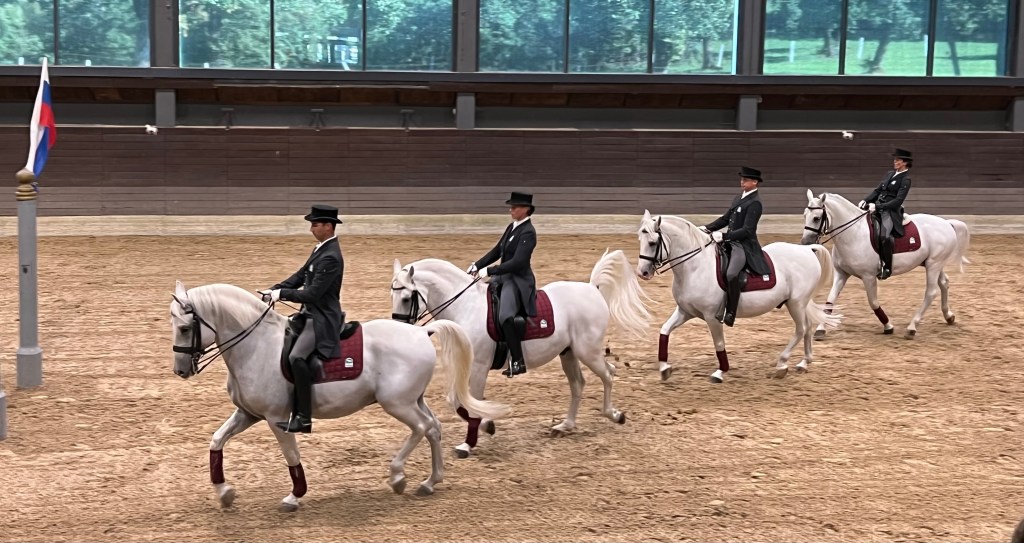
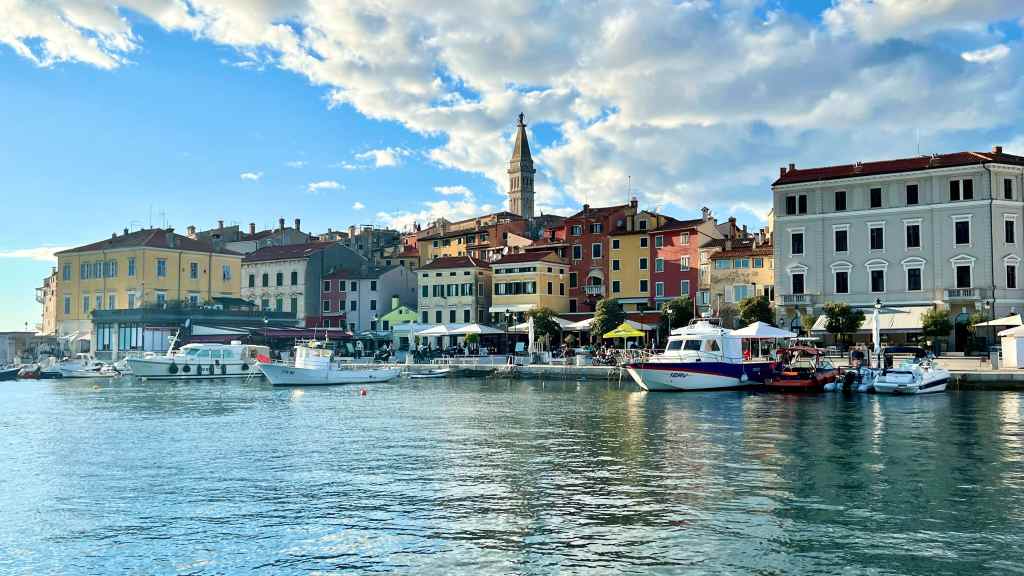










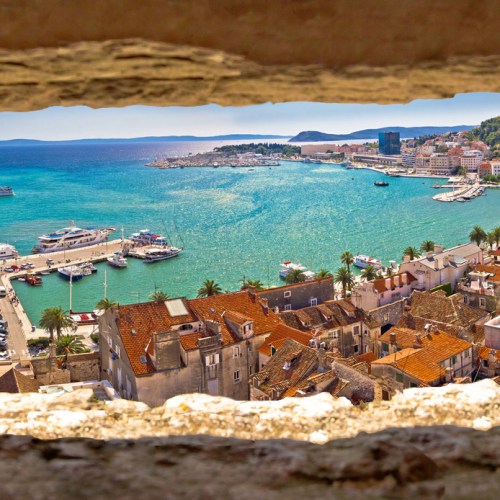
No comment yet, add your voice below!
Discover more from Travel The Four Corners
Subscribe now to keep reading and get access to the full archive.
Continue reading